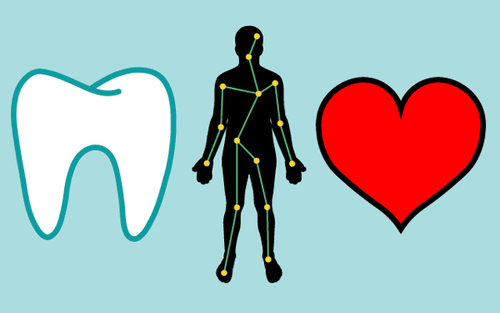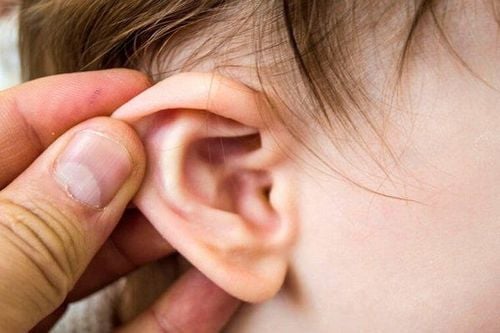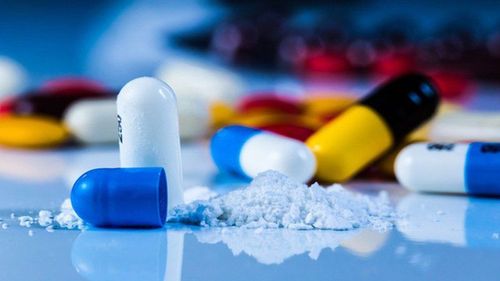This is an automatically translated article.
Zolinstad 1g is a prescription drug belonging to the group of antibiotics and pain relievers. Because Zolinstad contains cefazolin, it is quick-acting for mild to moderate infections. The intestinal absorption of Cefazolin is very poor, so the drug is administered by injection. In order to minimize side effects as well as increase the effectiveness of the drug, patients need to be careful to take the medicine according to the instructions.
1. What is Zolinstad 1g?
Zolinstad 1g is a medicine belonging to the group of antibiotics with antibacterial, antifungal and antiviral effects.Drug information:
Dosage form: Dry powder
Packing: Box x 1 vial
Ingredients:
Main ingredients: Cefazolin content of 1g Other excipients just enough Manufacturer: Pymepharco Joint Stock Company - Tuy Hoa - Phu Yen - Vietnam
Expiry date: 36 months
Other information: See details on the product's printed label
2. Effects of drugs
Because the drug Zolinstad 1g is composed of the main drug, Cefazolin - an active ingredient with quite strong medicinal properties. Therefore, the effect of Zolinstad 1g depends on the mechanism of action of the main drug. Cefazolin is an antibiotic belonging to the 1st generation cephalosporin group, the active ingredient is to inhibit bacterial cell envelope synthesis by inhibiting bacterial cells growth and division. As a result, Cefazolin is effective in treating gram-positive infections caused by Staphylococcus epidermidis, Staphylococcus aureus, Streptococcus Pneumoniae, Group A beta-haemolyticus and other Streptococcus strains.In addition, Cefazolin is also active against some Gram-negative aerobic bacteria, namely Haemophilus influenzae, Escherichia coli, Klebsiella sp., Proteus mirabilis.
3.Indications and contraindications
3.1 Indications Zolinstad 1g is indicated for the treatment of cases that are:
Respiratory tract infections Middle ear infections Skin and soft tissue infections Bone and joint infections Blood infections Endocarditis Biliary tract infections Infections of the urinary tract and genital organs. Prophylaxis in surgery 3.2 Contraindications Zolinstad 1g is also contraindicated in the following cases:
Patients with hypersensitivity to Cefazolin components or excipients. Patients who are sensitive or allergic to cephalosporin antibiotics. Infants born less than 1 month old
4. Usage and dosage
4.1 How to use Zolinstad 1g is a dry powder in a sealed bottle, when used, it is mixed with a solvent.
Usage: Intramuscular injection or intravenous infusion
Method of preparation: Mix 1g of Zolinstad with 2.5ml of distilled water for injection or 0.9% NaC1. Then, shake well until the medicine is completely dissolved.
Intravenous injection: Mix the above solution with 10ml of distilled water for injection, shake well again, then slowly inject into a vein for 3-5 minutes. Continuous or intermittent intravenous infusion: Dilute the reconstituted drug solution with 50-100ml of distilled water for injection or in a solution of 0.9% NaCl, 5% glucose, dextrose-sodium, then slowly infuse into a vein. from 20 to 30 minutes. Reconstituted medicine can be used within 72 hours if stored well.
4.2 Dosage Zolinstad is a prescription drug, so based on the age and specific medical conditions of each patient, the doctor will prescribe an individual dose. However, patients should also refer to the dosages summarized below:
Adults:
Mild to moderate infections: 0.5 - 1g, the interval between doses is from 6-12 hours. Do not use more than 6g/day. Severe to very severe infections: 6-12g/day, divided equally into 3-5 injections. Children under 1 month of age: 20mg/kg body weight, the interval between doses is 8-12 hours.
Children over 1 month old:
Normally: 25 -50 mg/kg body weight/day, divided equally into 3-4 times/day. Severe infections: use no more than 100 mg/kg body weight/day, divided into 4 injections/day. Patients with renal failure:
Creatinine clearance > 55ml/min: use the usual dose. Creatinine clearance 35 - 54ml/min: follow the usual dose and continue to use the next dose after 8 hours. Creatinine clearance 11 - 34ml/min: take 1/2 of the usual dose after 12 hours, then continue using the next dose. Creatinine clearance < 10 ml/min: take 1/2 of the usual dose and then continue with the next dose after 18-24 hours. Prophylaxis: 30 minutes - 1 hour before surgery, take 1g. If the surgery is prolonged, inject 0.5 - 1g more and after surgery can inject 0.5 - 1g more. After 6-8 hours, re-inject once in 24 hours after surgery or inject continuously for 5 days if it is heart surgery or major organ transplant.
5. Drug interactions
Interactions are unavoidable if Zolinstad is taken together with the following drugs:
Colistin : Combined use increases the risk of kidney damage. Probenecid: Increases the concentration and prolongs the duration of action of cefazolin. Anticoagulant warfarin Alcohol: Harm to the kidneys and liver So, in order to minimize drug interactions, patients need to actively provide information about drugs or supplements being used to doctors to instructions on how to use it correctly.
6. Side effects
Like other antibiotics, when using Zolinstad 1g to treat bacterial infections, patients may experience some side effects such as:
Allergies: itching, skin rash, urticaria , anaphylaxis, background edema or Stevens-Johnson syndrome. Digestive disorders: Nausea, diarrhea, vomiting, abdominal pain. Oral fungal superinfection, pseudomembranous colitis, elevated liver enzymes. Hematologic changes, possibly eosinophilia or agranulocytosis. Pain, swelling and inflammation at the injection site.
7. Notes on medication use
Before using Zolinstad 1g for treatment, patients need to keep a few things in mind:
Check the patient's allergy history to cephalosporin antibiotics, penicillins or other antibiotics. Caution should be exercised when Zolinstad is co-administered with diuretics as it may adversely affect renal function. For patients with renal failure, depending on the clearance to adjust the appropriate dose. Use caution when using broad-spectrum antibiotics for people with stomach, intestinal diseases, colitis. Using cefazolin continuously for a long time can cause bacteria to become resistant to the drug, if it recurs, another drug must be changed. Pregnant women only take medication when prescribed by a doctor or absolutely necessary. Cefazolin can be excreted in breast milk, so if you are breastfeeding, you must stop taking the drug. The drug has a certain effect on the nervous system, so use it with caution if you are driving or exercising.
8. Treatment of overdose or missed dose
It is very important to manage an overdose or miss a dose. Therefore, patients need to remember carefully how to handle each specific case:
Overdose : If a seizure occurs, stop taking the drug immediately, then immediately call an ambulance to conduct treatment. Administer anticonvulsant therapy as clinically indicated, at the same time conduct intubation for respiratory protection and intravenous fluids for detoxification.
Missed dose : Take the supplement as soon as you remember, but be careful about the time between doses. Do not arbitrarily use overlapping doses.
Zolinstad 1g is a prescription drug belonging to the group of antibiotics and pain relievers. Because Zolinstad contains cefazolin, it is quick-acting for mild to moderate infections. The intestinal absorption of Cefazolin is very poor, so the drug is administered by injection. In order to minimize side effects as well as increase the effectiveness of the drug, patients need to be careful to take the medicine according to the instructions.













